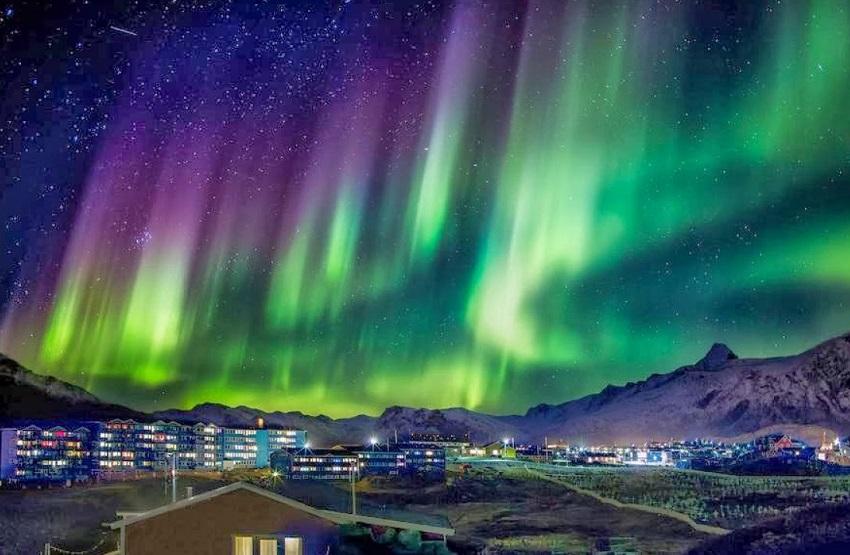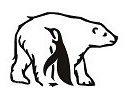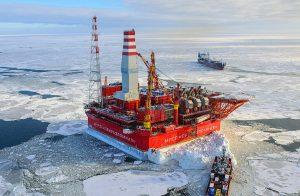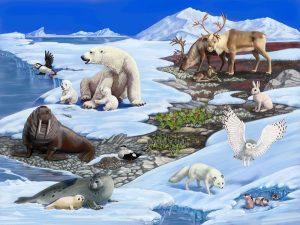Wonders of the Arctic

The Arctic is the most unusual region on our planet and it is not surprising that it
is called mysterious and mysterious, because this region is fraught with many different wonders. The Arctic has its own unique nature – gigantic expanses of ice and snow, huge icebergs drifting in the Arctic seas – the most incredible, bizarre shapes.
Polar bears and reindeer live on this land, rare animals and birds live, valuable fish species are found in the Arctic seas, and the richest reserves of natural resources lie in the depths of the Arctic.
This is the only place on earth where there are large accumulations of mammoth bone that have been in permafrost for several millennia. Such finds, especially mammoth tusks, are valuable fossils of mammoth fauna.
The Arctic is a truly special land. This is a peculiar region, unlike any other, inhabited by people. There are several poles here, there are no days and nights in the usual sense, in this region the polar day lasts six months and the polar night lasts the same amount.
Northern lights
The real miracle of the Arctic is the Northern Lights, which can last for several days, brightening the sky in various iridescent tones. Other amazing natural phenomena are taking place in this northern land. For example, here you can see the “ice sky” and find “ice flowers”, and each phenomenon is unusual and unique.
This is probably why they say that the Arctic attracts and leaves lasting impressions for a lifetime. The Northern Lights have long attracted people with their beauty, and there are many legends and legends about its origin. The Eskimos of Alaska say that the clouds shine like that when the light from the open windows of the heavenly palace falls on them.
The souls of the dead hunters live in this palace, who sometimes open the windows to look at their native lands. The ancient Norwegians believed that the aurora borealis was a bridge through which the gods could descend to earth. The Finnish people believed that it was a magical fox lighting sparks in the sky with its tail.
The phenomenon of the aurora borealis was first described by Galileo Galilei in 1619. He also came up with the name of this phenomenon, aurora borealis, which means “northern dawn”. How does the northern Lights appear? This phenomenon occurs when light particles from the Sun collide with air particles upon entering the Earth’s atmosphere. It is this process that we see from Earth as an extraordinarily beautiful glow of the sky.
The Aurora borealis appears in various forms – in the form of wavy ribbons, light iridescent smoke, clouds, arcs and arches. Most often, this natural phenomenon paints the sky in bright shades of green. The color of the rays is determined by the height at which the radiance is formed. Blue and green lights appear more often at lower altitudes, while red lights appear at the highest.
Sometimes the aurora borealis reach such a tremendous force that they cover vast expanses of the sky. Intense auroras cause powerful “magnetic storms” in the air, thereby disrupting the normal operation of radio devices and compasses.
Source: Arctic. The Earth’s ice cap. Kapustina O. Yu., Ispenkova N. Yu. – Snezhnogorsk, 2022 – 16 p.


